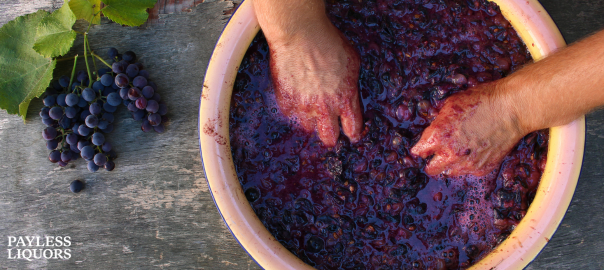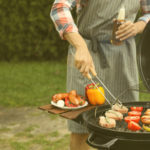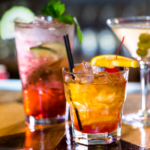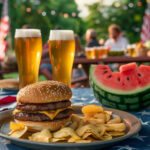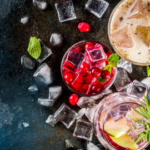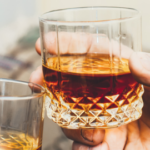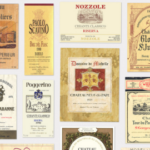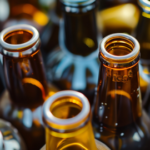The art of winemaking is as intricate as it is ancient. Every bottle of wine is the result of a labor-intensive process that starts in the vineyard and culminates in the cellars, where each variety gains its unique character. It’s a story where natural elements and human hands intertwine to create an experience as diverse and nuanced as the wines themselves. In this blog post, we will explore the fascinating steps that transform grapes into the beloved drink that has been a centerpiece of countless cultures and celebrations through the ages.
Cultivation in the Vineyard
Choosing the Right Soil and Site
The wine making process begins with the selection of the site for a vineyard. Here, terroir—the unique environment in which each vineyard is located—plays a critical role. The soil’s mineral content, porosity, and drainage all contribute to the grape’s flavor profile. A well-chosen site ensures that the grapes have access to the right nutrients and water conditions, which is crucial for their growth and the quality of the wine.
Vine Planting and Tending
Once the site is selected, the next step is planting the vines. This is a meticulous process, as spacing and orientation are critical for both vineyard health and grape quality. Vines need consistent care throughout their life cycle, which can span decades. Trimming, training, and regular monitoring help ensure a good harvest each year.
Harvesting the Grapes
The timing of the harvest is one of the most important decisions a winemaker will make, as it directly impacts acidity, sweetness, and flavor. Grapes are typically harvested in the fall, but the exact time varies based on the grape variety, the climate, and the type of wine being produced. Modern techniques like infrared aerial monitoring aid in choosing the optimal time to pick the fruit.
Crushing and Pressing the Grapes
From Vine to Must
Once harvested, the grapes are typically transported to the winery where the process of turning grapes into wine, known as vinification, begins. The first step is crushing, where the grapes are broken to release the juice or ‘must’. This step can be as simple as foot-stomping in traditional winemaking or as complex as mechanized systems in larger productions.
Pressing for White Wines
In the case of white wines, the next step is pressing, where the juice is separated from the skins, seeds, and solids. The goal is to extract the juice as gently as possible to avoid adding bitterness from the seeds or overly tannic elements from the skin. Pressing for delicate whites is lighter than for reds, which can involve pressing with skins for color and flavor extraction.
Fermentation and Aging
Primary Fermentation
The must, now a blend of juice, skins, and seeds, is transferred into fermentation vessels where yeasts begin to convert the sugars into alcohol. This primary fermentation can take anywhere from a week to several months, depending on the desired outcome for the wine.
Secondary Fermentation
For some wines, particularly sparkling varieties like Champagne, a secondary fermentation occurs. This process can take place in the bottle or in large tanks, depending on the method. The result is the creation of the wine’s effervescence as carbon dioxide becomes trapped in the liquid, elevating it from flat to fabulous.
Aging the Wine
After fermentation, many wines are aged to develop complexity and character. This can happen in stainless steel tanks, oak barrels, or alternative vessel materials. The type and quality of the aging vessel can significantly influence the wine’s final taste, imparting it with oakiness, tannins, and other flavor elements.
Bottling and Beyond
Preparing the Wine for Bottling
Before wine can be bottled, it must be clarified and stabilized. This involves processes like fining, where substances that can cause haziness are removed, and filtration, which ensures a clean and clear final product. Stabilization techniques prevent the wine from spoiling or changing its chemical composition over time.
The Art of Blending
Some wines are the result of blending different grape varieties, as is common with many red Bordeaux wines. Blending is a precise art that aims to create a final product that is more than the sum of its parts, incorporating various aromas, flavors, and structures to strike a perfect balance.
Bottling and Labeling
Once the wine is ready, it is bottled, corked, and labeled. This is a crucial moment, as improper bottling can lead to spoilage, while unattractive labels can deter consumers. The information on the label, including region, vintage, and varietal, provides valuable context about the wine and helps consumers make informed choices.
Conclusion
The winemaking process is a complex and beautiful fusion of science and art. Each step, from the careful cultivation of the vine to the precise pouring of the final product, is an opportunity for winemakers to express their craft. This interplay of tradition and innovation results in a vast array of wine varieties, each with its own story to tell and experience to offer. By understanding the depth of effort that goes into creating a single bottle, we can develop a richer appreciation for the world of wine—a world where every sip is a chance to savor the fruits of a timeless process.

